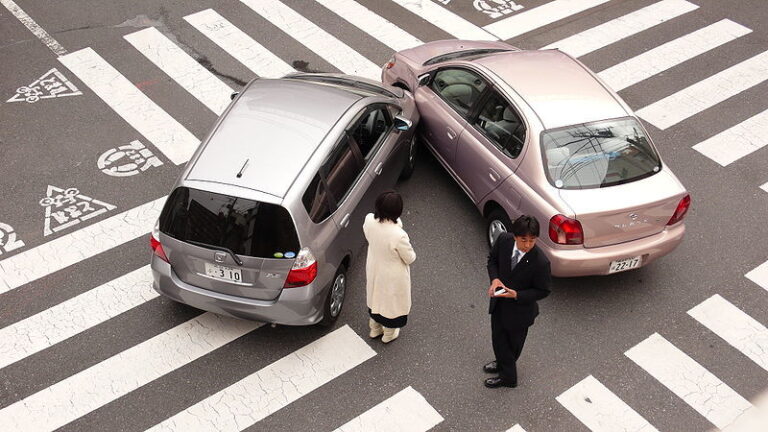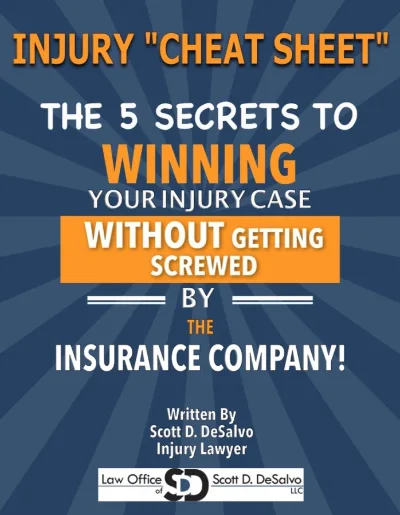
This is a pretty big deal. How can you support your family and pay bills if no money is coming in?
If you have been involved in a car crash recently, you might be interested in speaking with a lawyer who handles personal injury cases. But, many people are hesitant to speak with a lawyer when they have a question because they aren’t sure that they really want to hire a lawyer, and they are afraid that the car crash lawyer they call will want to charge a fee or be angry if they aren’t ready to hire a lawyer.
Nothing could be further from the truth.
I wrote this article about getting paid while off work after a car accident because it is a common question people have after a car crash. So here is what you need to know.
The first thing you have to do to get your wages paid after a car crash is to be able to prove where you worked, how much money per hour you make, and how many hours of work you lost. This is usually gotten from your employer HR department.
After we get our info and do the math, we make sure we submit both to the insurance company. If we did the math correctly and based it on numbers provided by the employer, there's little reason for fighting. But that often does not stop insurance companies from doing so and denying a claim for lost wages after a car accident.
If your case goes to Court, the rule is that we need your tax records for the year before, the year of, and the year after your injury to prove your age loss. Most Judges will bar your claim if you haven't filed taxes or did not turn over the tax returns when the Judge asked for them.
In Workers’ Compensation cases, we can usually get TTD payments (Total Temporary Disability) weekly to keep money coming in.
But in car crash cases, there is no provision in the law for weekly or monthly payments to immediately replace a salary. Your options are making sure you are covered by a disability policy personally and/or at work, relying on savings and the help of your family, or as a last resort, considering a lawsuit loan.
I always caution my clients to consider their situation very carefully before taking out a lawsuit loan, even if they are short on money because of missing work because of a car crash. Those companies really help injured people who are in a very tough spot. But the cost of the loans is very expensive and the interest rates are high. And, there are some companies which are better than others, as far as rates and how easy it is for me to work with them at the end of your case. Lawsuit loan companies never loan money unless a reliable, well-known lawyer is involved in the case. This is because lawsuit loan companies want a case accepted by a lawyer to kind of guarantee that the case is okay.
Missing work after a car crash can put a financial strain on you and your family. Understanding your rights and the steps to claim lost wages is crucial to ensuring you receive the compensation you deserve. Whether it’s dealing with insurance companies or filing a claim, having the right legal support can make all the difference.
At the Law Office of Scott D. DeSalvo, we specialize in handling personal injury cases, including car accidents, workplace injuries, and more. If you need guidance on recovering lost wages, medical expenses, or other damages, just reach out for a free consultation. We’re here to help you navigate the legal process and get the compensation you deserve.

Would you like to know more about lost wages from car accident? Click here!
If you or a loved one is dealing with a situation like this, give us a call any time, day or night. We are here to help. 312-500-4500

Main Office:
1000 Jorie Blvd Ste 204
Oak Brook, IL 60523
New Cases: 312-500-4500
Office: 1 312-895-0545
Fax: 1 866-629-1817
service@desalvolaw.com
Chicago and Other Suburban Offices
By Appointment Only